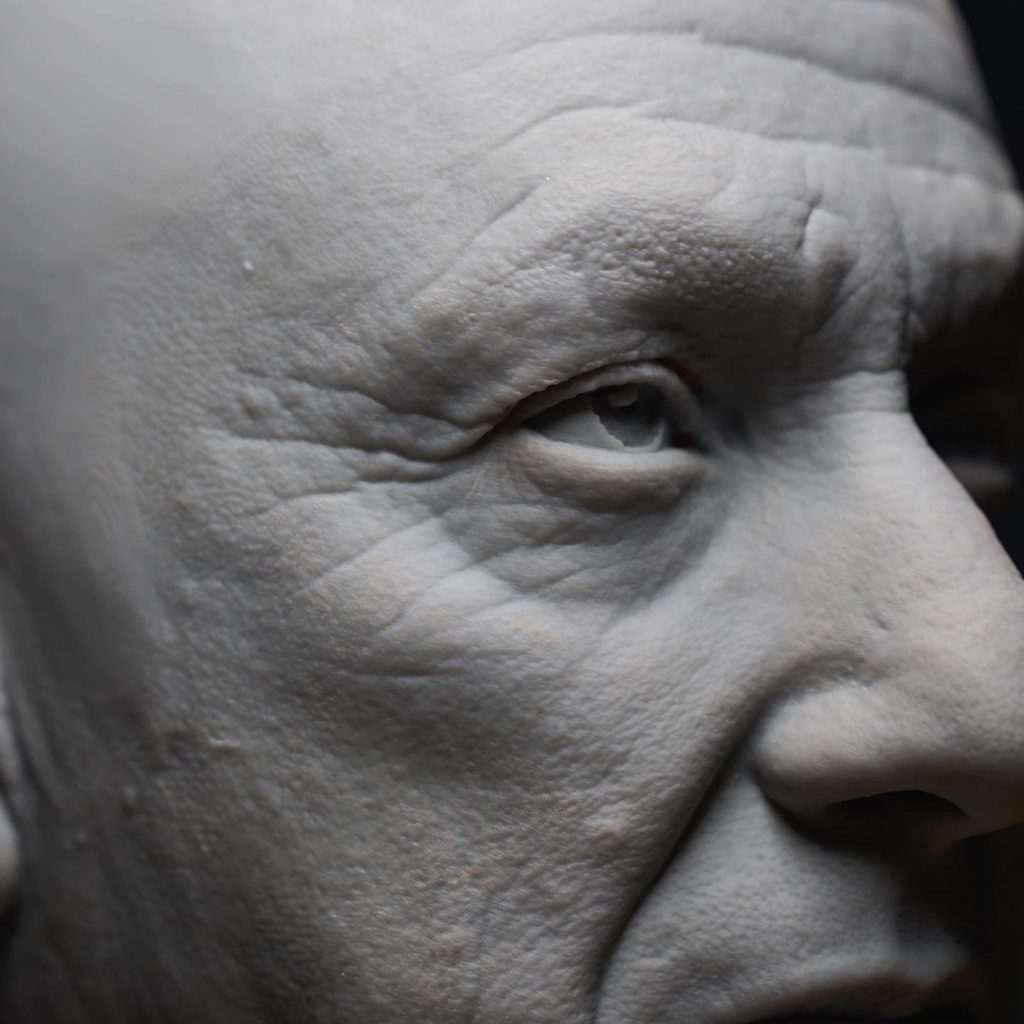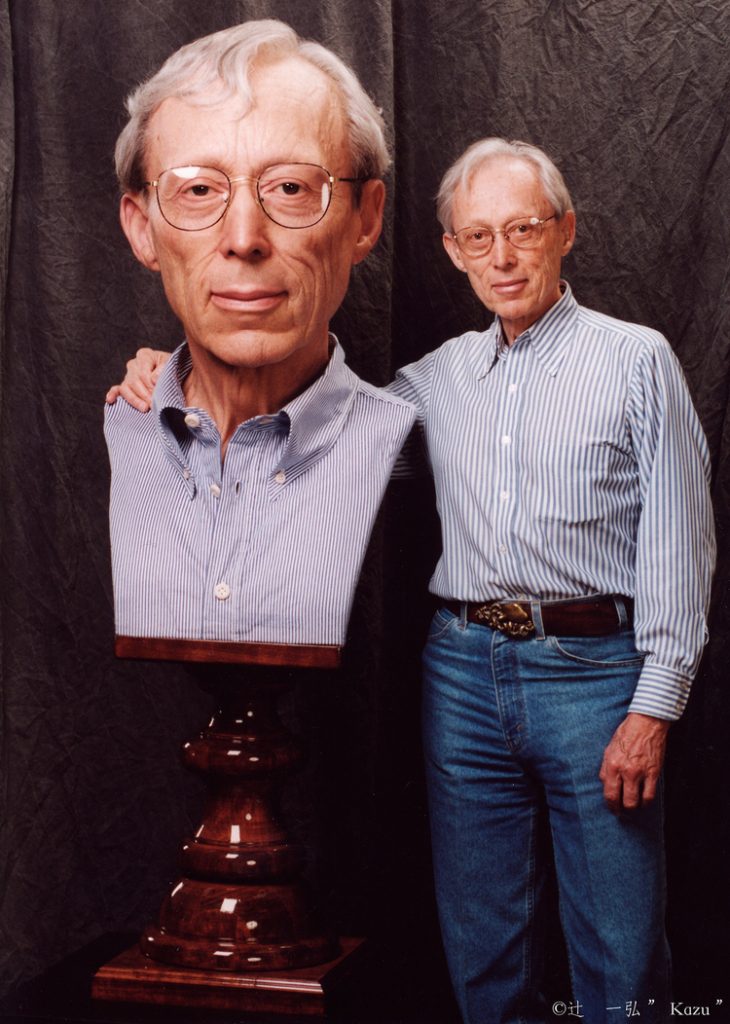Renowned Hollywood makeup artist Kazu Hiro is leveraging 3D scanning to refine lifecasting methodologies, seeking efficiency and precision in character transformation.
Traditionally, lifecasting involves the meticulous creation of three-dimensional molds using silicone-based materials. While effective, this method poses challenges such as extended sitting times for actors and potential discomfort due to the use of molding materials. To streamline this process, Hiro has integrated Artec 3D scanners into his workflow.
Contributing to his Oscar-nominated films, Hiro collaborated with actors like Robert Downey Jr. and Bradley Cooper on the acclaimed 2023 film “Maestro.” Before this, Hiro’s portfolio boasted a range of blockbuster hits, including “Bombshell,” “Darkest Hour,” “Salt,” “The Curious Case of Benjamin Button,” “Men in Black II,” and “How the Grinch Stole Christmas,” among other notable films.
Hiro said, “The Artec Leo and Space Spider have altered my work profoundly. This technology gives me an exceptional level of detail, without the distortions or actor discomfort that might arise during traditional lifecasting.”

Faster, more accurate prosthetic creation
Artec 3D scanners, including the Leo and Space Spider models, offer non-contact alternatives to traditional lifecasting techniques. These scanners utilize advanced technology to capture intricate facial details and body contours with unprecedented accuracy, eliminating the need for actors to endure prolonged sessions with silicone molds.
The integration of Artec 3D scanners into Hiro’s workflow has significantly reduced scanning times, with each session now taking only 1-2 minutes per subject. This expedited process not only minimizes discomfort for actors but also ensures that no detail is overlooked in the final prosthetic makeup.
Following the scanning process, Hiro utilizes Artec Studio software to refine the captured data, optimizing accuracy and detail. After exporting the 3D scans from Artec Studio to ZBrush, he refines the actor’s face, head, or other body part model, before proceeding to 3D print the lifecast. Finally, he meticulously sculpts the printed lifecast with clay to perfect the details.
By embracing innovative techniques, Hiro continues to redefine character transformation standards, showcasing a commitment to realism and efficiency in his craft. He said, “I look forward to the new advancements that Artec will bring to 3D scanning technology. These innovations will continue to push the boundaries, allowing me to further enhance my Hollywood makeup work as well as my fine art sculptures.”
“Kazu’s work is second to none, and his quest for perfect representation called for an equally superior tool. The Artec Leo’s accuracy, ease of use, and portability all made it the right fit. I confidently recommended it to Kazu, knowing it would transform his craft and elevate the quality of his work,” said Chris Strong, a 3D scanning specialist at Rapid Scan 3D.

Shaping the future of films with digital precision
As 3D scanning continues to evolve, its applications in various industries, including filmmaking and forensic investigation, promise to redefine standards of accuracy and realism. In a notable application of this technology, Industrial Light and Magic (ILM) utilized Next Engine’s 3D scanner to digitally recreate Peter Cushing’s character, Grand Moff Tarkin, in the film, “Rogue One. This innovative approach by George Lucas’ visual effects studio enabled the seamless integration of Cushing’s likeness, despite his passing over two decades ago.
Back in 2020, Hiro explained the role of 3D scanning and printing in movie makeup in a HuffPost interview. Hiro discussed the intricate process of designing and printing prosthetics for Charlize Theron’s portrayal of Megyn Kelly in “Bombshell.” Hiro used a 3D scanner and printer to tailor Theron’s face, ensuring an accurate representation of Kelly’s facial features.
Despite challenges like discomfort and delicate application around the eyes, Hiro’s innovative approach, combined with makeup department head Vivian Baker’s expertise, achieved seamless integration of real and fake skin, resulting in a three-hour transformation process for Theron.
What 3D printing trends do the industry leaders anticipate this year?
What does the Future of 3D printing hold for the next 10 years?
To stay up to date with the latest 3D printing news, don’t forget to subscribe to the 3D Printing Industry newsletter or follow us on Twitter, or like our page on Facebook.
While you’re here, why not subscribe to our Youtube channel? Featuring discussion, debriefs, video shorts, and webinar replays.
Are you looking for a job in the additive manufacturing industry? Visit 3D Printing Jobs for a selection of roles in the industry.
Featured image shows lifescasting with Artec’s 3D scanner. Photo via Artec 3D.



